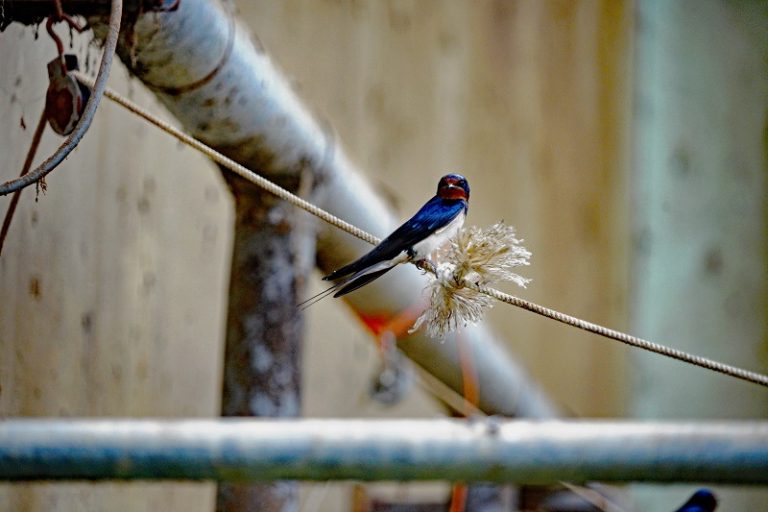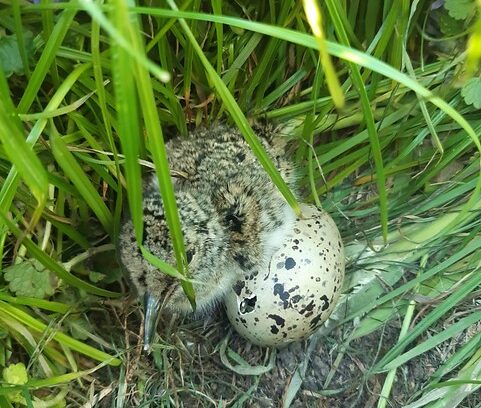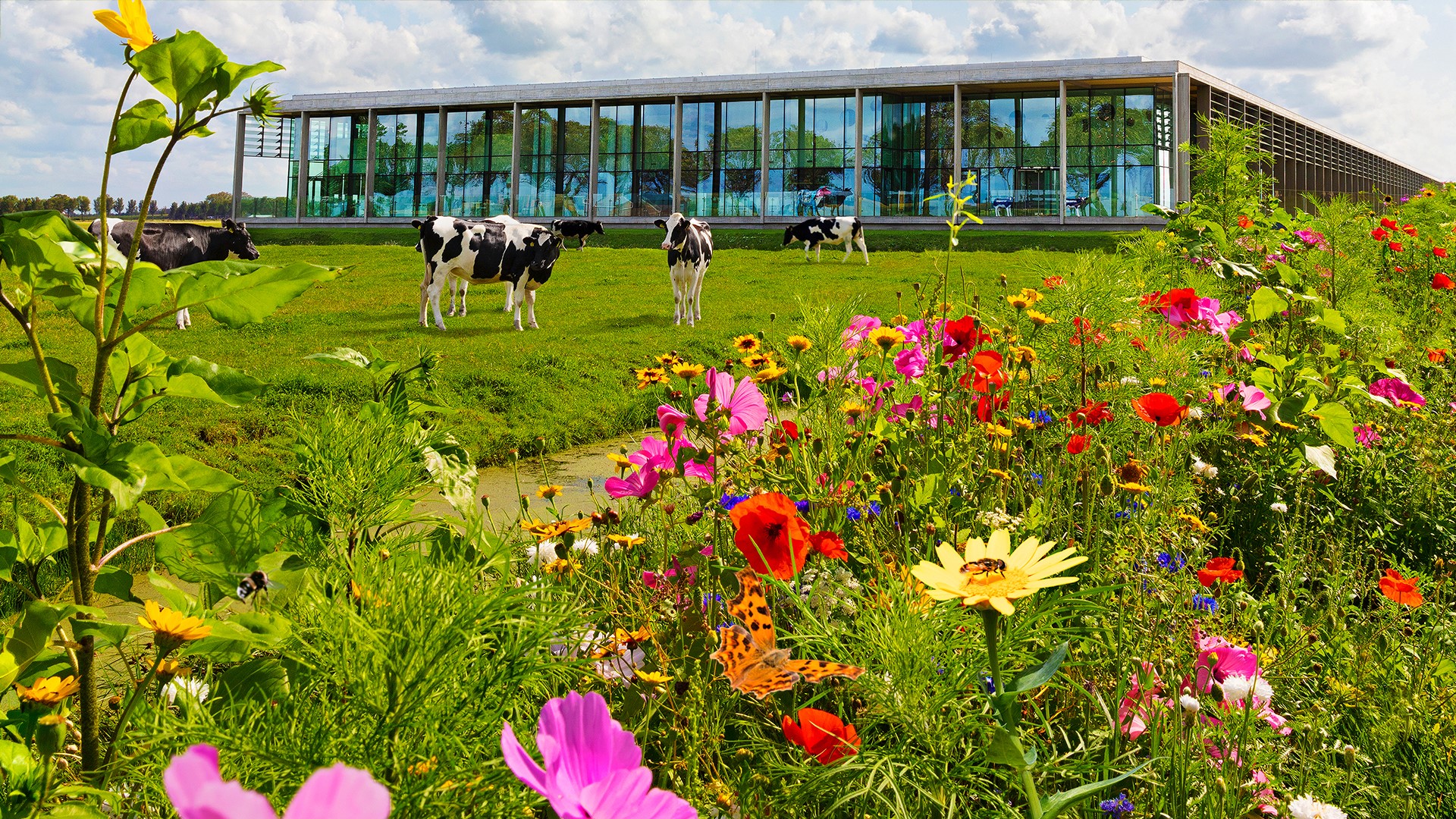Beemster Bee Corridor
Dairy farmers cooperate with nature. Dairy farmers who actively encourage agricultural nature do so on almost 30% of their farm area. Our dairy farmers' biodiversity projects are connected by the Beemster Bee Ribbon. The bee ribbon helps bees and other endangered insects find plenty of food. With the Beemster Bee Ribbon of 50,000 m2, together with our livestock farmers, we are making a positive contribution to the habitats of butterflies, bees and other insects.
Read here the story of CONO dairy farmers Jeanette and Johan, who have been participating in the Beemster Bee Ribbon from the very beginning.

Swallows in the barn
The barn swallow is an endangered species. But at cattle farmer Pieter Jan Groot's they are safe. Every year about twenty pairs of barn swallows breed in the barns. In return, they rid the cows of many flies and chase away intrusive starlings.
Fish, birds and dragonflies
In the meantime, about half a hectare of soil has been deposited in the ditch that runs between two plots belonging to Piet and Gertruud Beers. Land has been reclaimed thanks to nature-friendly wattle fencing and the dumping of soil between the new fencing and the existing banks. The new vegetation provides fish with a quiet place to lay their eggs, offers birds stalks for their nests and helps dragonflies crawl out of the water via the leaves.
Wormworms
CONO dairy farmer Peter Helder has sown a combination of grass and red clover on the roughage plots. Red clover is a real protein bomb for the cows that improves their health and increases the quality of the milk. Moreover, this plant produces its own nitrogen, so no artificial fertiliser is needed on this plot. Finally, red clover attracts a lot of worms, which loosen up the soil, so everything grows better.

Meadow birds
With delayed mowing, our farmers save a large variety of breeding and newborn meadow birds. Because grass remains longer, chicks can grow up safer. Moreover, there are still plenty of insects to feed the chicks. Mowing, possibly with a loud warning signal, is done from inside to outside so that the chicks have time to escape.

